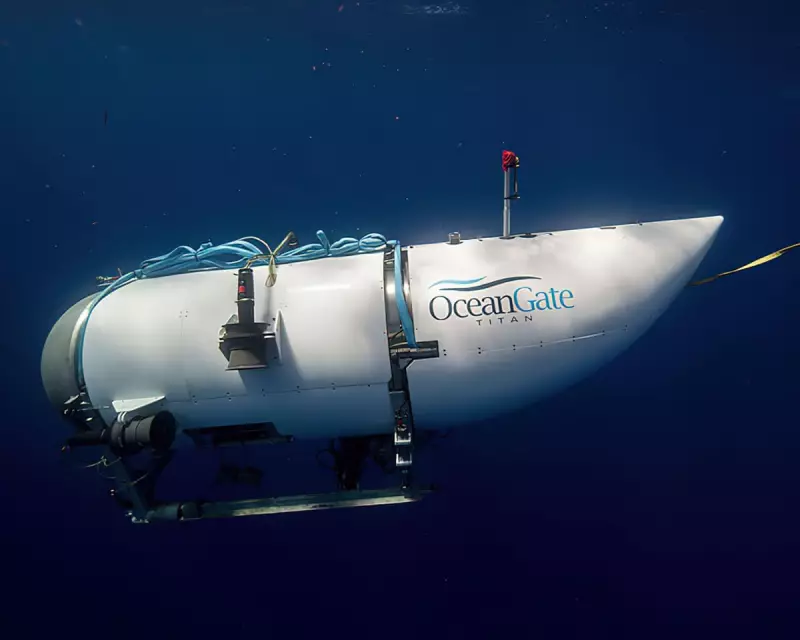
A devastating official report has laid bare the catastrophic safety failures that led to the implosion of the OceanGate Titan submersible, revealing a culture of corporate negligence that cost five lives during a dive to the Titanic wreckage.
A Tragedy Foretold
The National Transportation Safety Board's comprehensive investigation paints a disturbing picture of a venture that repeatedly ignored expert warnings and fundamental engineering principles. According to the findings, OceanGate executives, including CEO Stockton Rush who perished in the disaster, were repeatedly cautioned about the submersible's experimental design and inadequate safety protocols.
The Fatal Flaws
The report identifies multiple critical failures that created a perfect storm of circumstances leading to the catastrophic implosion:
- Experimental carbon fibre hull: The unconventional materials used had known issues with cyclic fatigue that were systematically underestimated
- Inadequate safety certifications: The vessel operated without proper classification society approval
- Faulty monitoring systems: Acoustic sensors intended to detect hull failure provided insufficient warning
- Corporate dismissal of concerns: Multiple safety warnings from industry experts were ignored or dismissed as overly conservative
Victims of Circumstance
The ill-fated mission claimed the lives of five individuals, including British billionaire adventurer Hamish Harding and prominent Pakistani businessman Shahzada Dawood along with his son Suleman. The report confirms the implosion would have been instantaneous, occurring in milliseconds at the immense pressures found nearly 4,000 metres below the ocean's surface.
Regulatory Black Hole
Perhaps most alarmingly, the investigation highlights how OceanGate operated in a regulatory grey area. International waters and the experimental nature of the vessel created a perfect environment for safety standards to be bypassed. The company's controversial waiver system, which explicitly mentioned the possibility of death, became a substitute for proper engineering oversight.
Lessons for Deep-Sea Exploration
The NTSB's findings serve as a stark warning to the burgeoning deep-sea tourism industry. As commercial ventures push further into extreme environments, the Titan disaster underscores the non-negotiable requirement for rigorous safety standards, independent verification, and transparent risk assessment.
The legacy of this tragedy will likely reshape regulations governing underwater exploration for generations, ensuring that the pursuit of discovery never again comes at such a devastating human cost.





